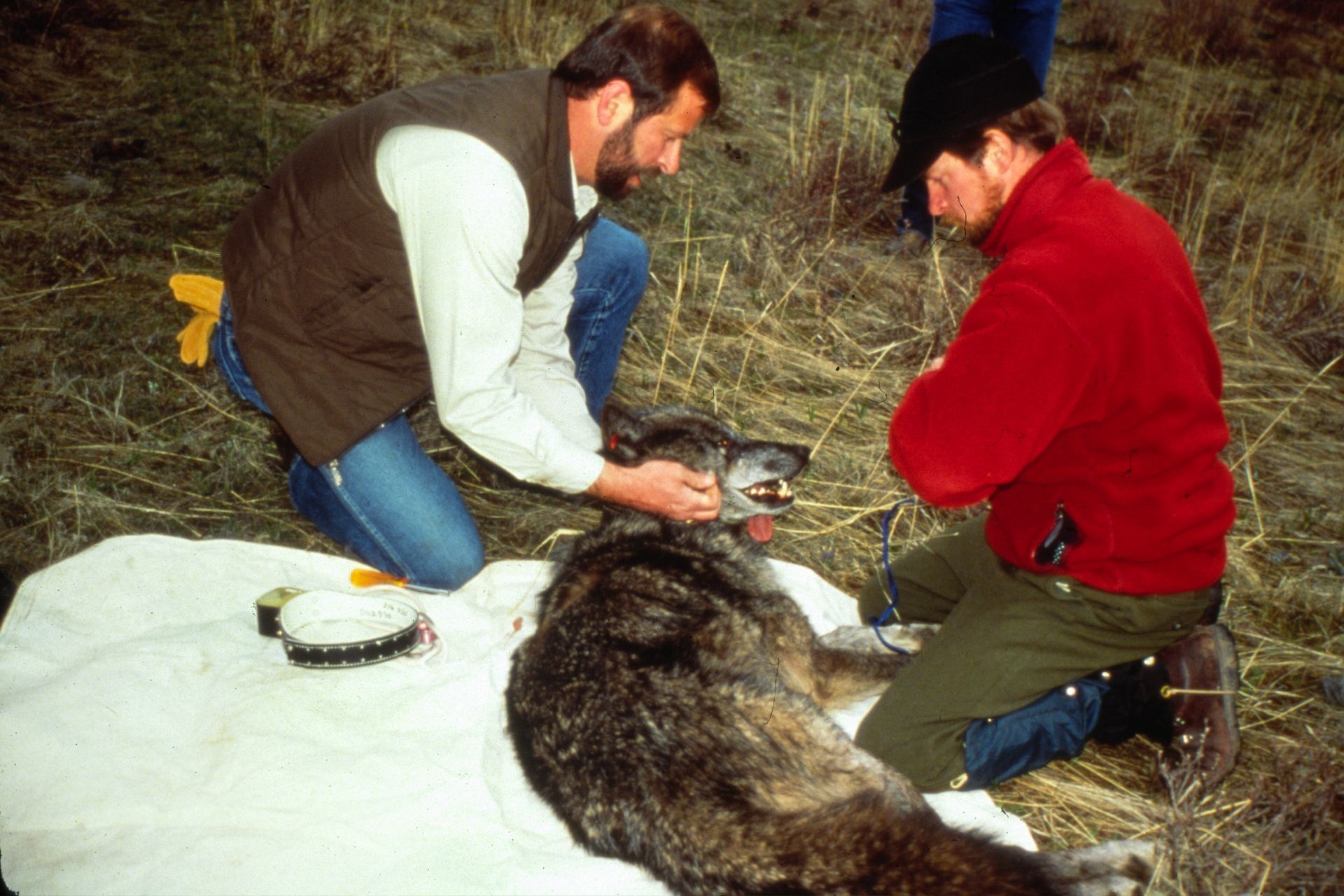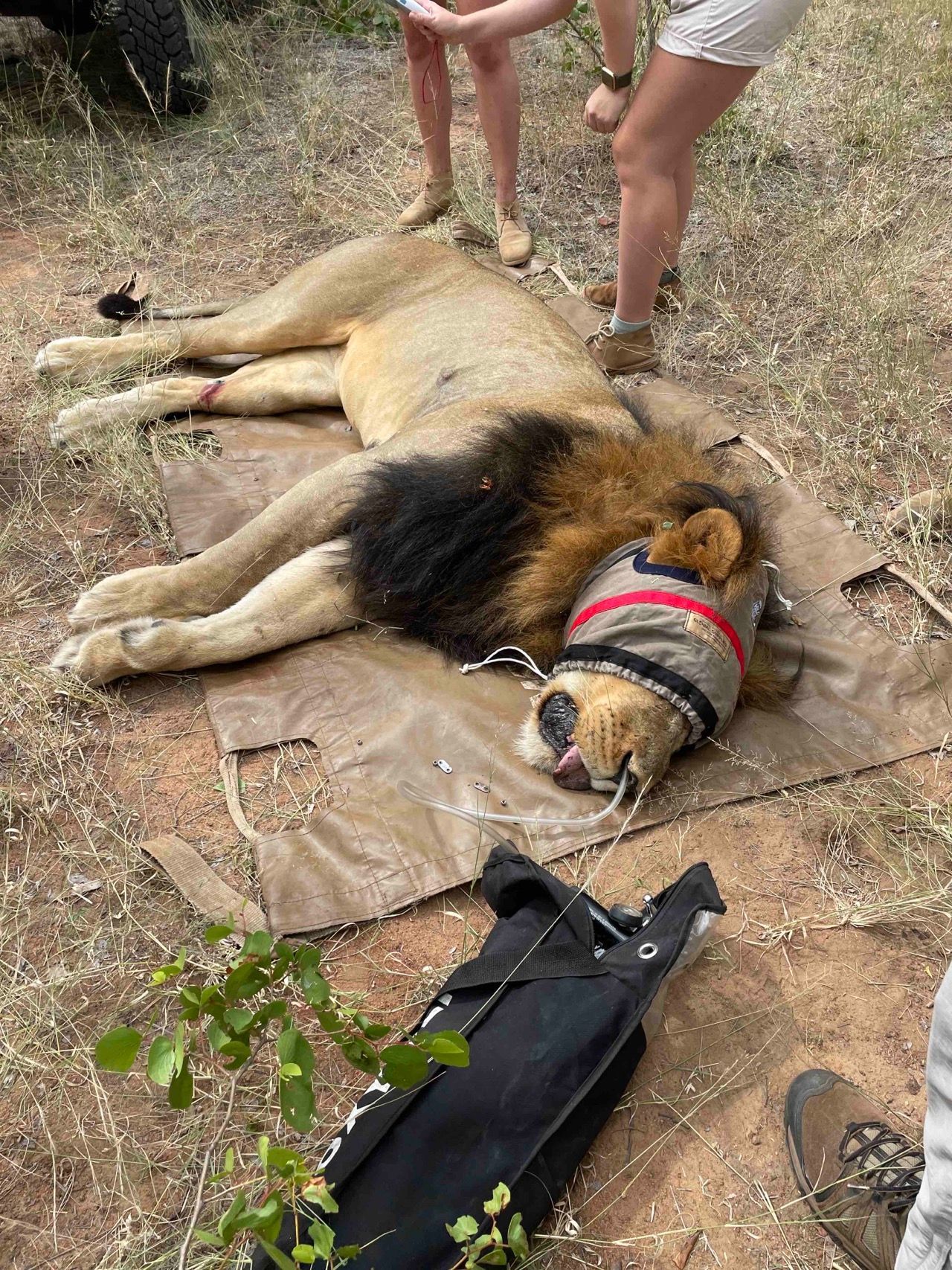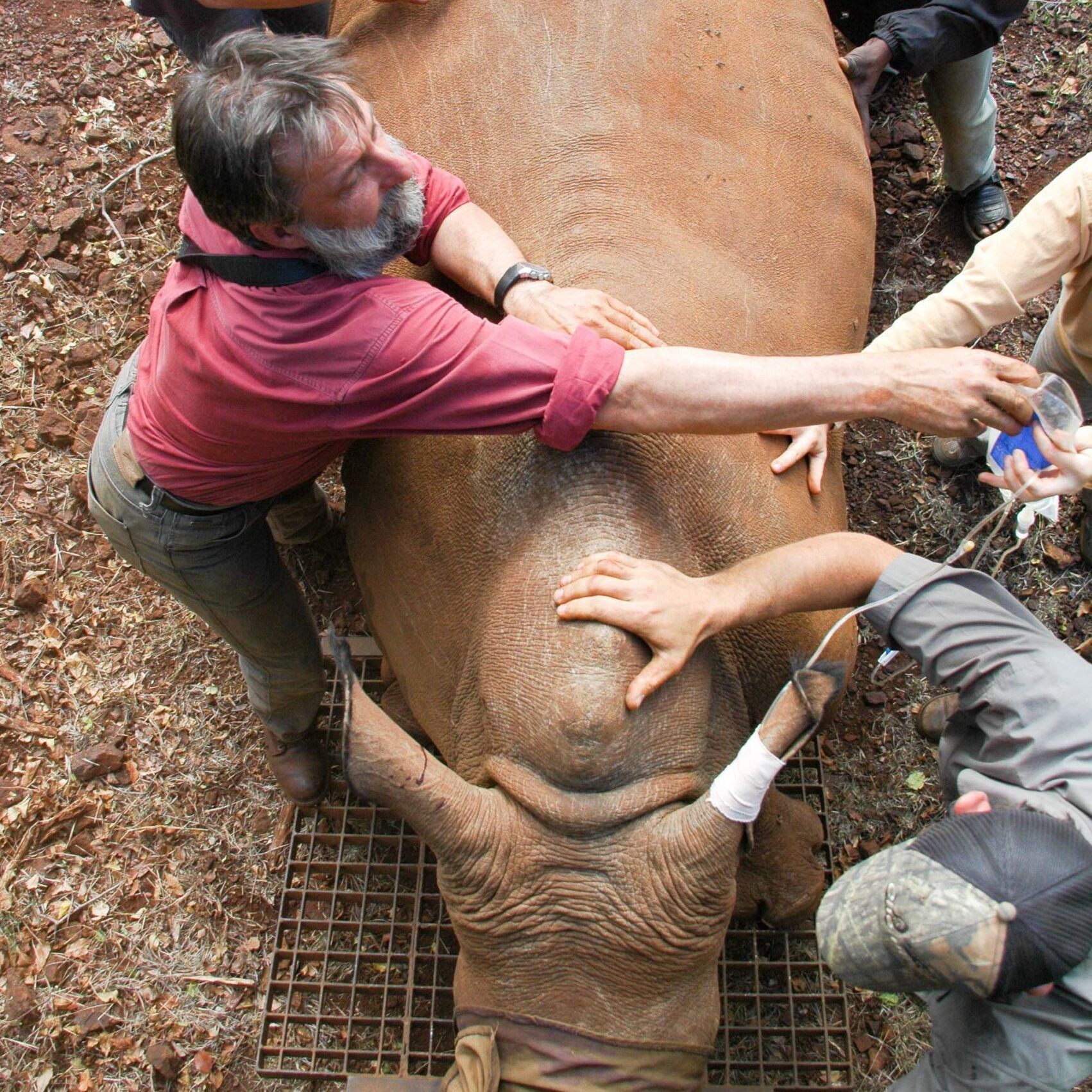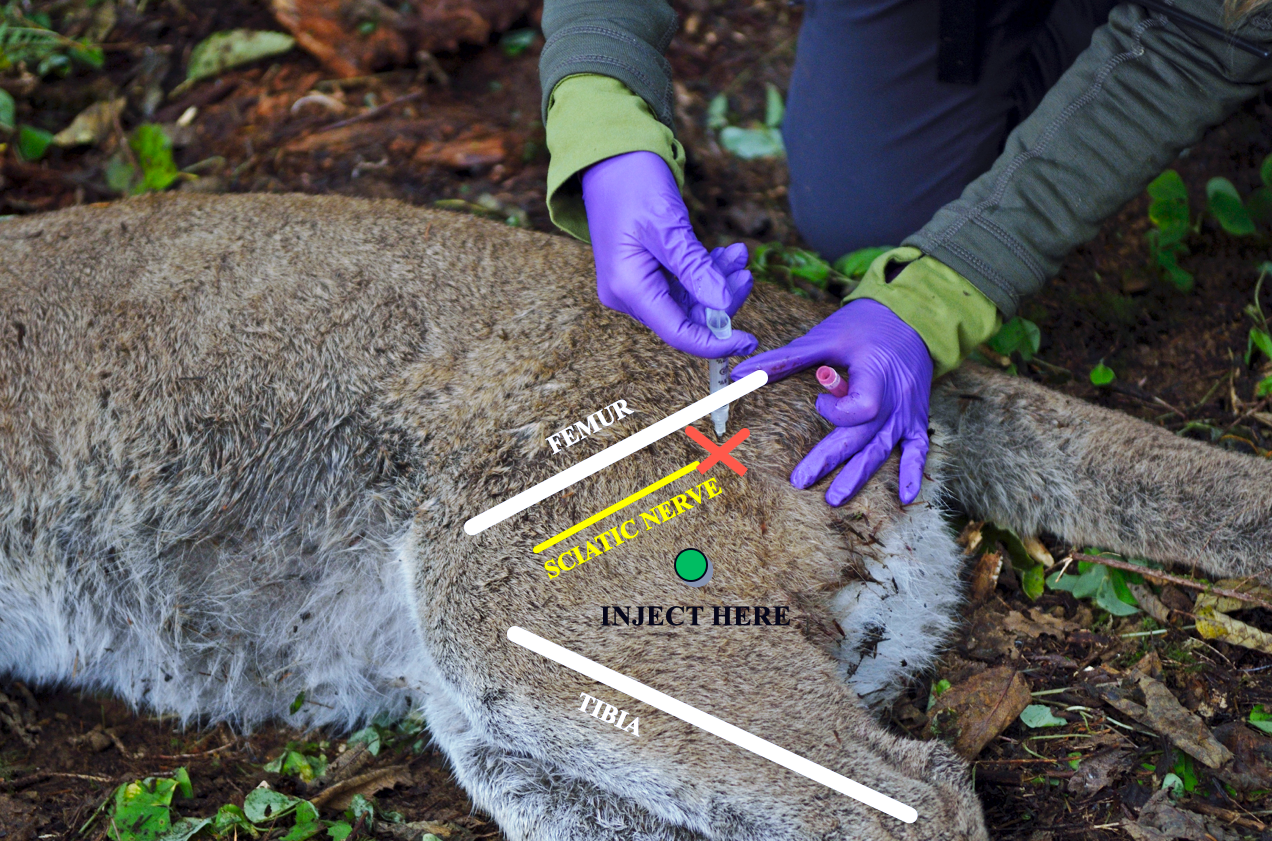Monitoring TPRs (Temperature, Pulse, and Respiration) should be done with every chemical immobilization.
Drugging an animal should not be a mystery. A biologist in one of my recent courses described how tense their team was when immobilizing each animal. They felt they didn’t know when the animal would come out of the drug. They quickly got the most important procedures done first in case the animal suddenly woke up. They did not have much time for anything else. It doesn’t not have to be this way.
Whenever we chemically immobilize animals, they become a furry black box. We have to learn to see the mystery inside. Is the animal deep or light under anesthesia? Is he doing well or at risk of dying? Is she hot or cold? Monitoring TPRs will shed light on the black box. It will help you give better care for the animal. Monitoring TPRs will also allow you to guide the chemical immobilization rather than react to it.
Biologists or animal caretakers often say there is not enough time to do TPRs. But the well-being of the animal is more important than our work. Before an animal caretaker treats a wound or gives preventative meds, and before a biologist begins collecting blood, radio-collaring or ear tagging, they should address basic animal care first such as TPRs, head cover, and body position.
Repeated TPRs allow you to follow the body temperature so you can help the animal get warmer or cooler as needed and prevent thermal inertia which may become irreversible. TPRs allow you to follow changes in heart rate and respiratory rate which will typically slow as the drugs take effect and rise as the animal comes out of the drug. Did you deliver too much drug? Follow the heart rate for feedback. Then match that to any movements or lack of movements the animal has. This will help you understand how deep the animal is under anesthesia and shine the light on the furry black box.
More related articles to follow:
- How to monitor TPRs – Temperature, Pulse, and Respiration
- How to Assess if the TPR numbers are healthy for the animal or not – add color of the gums and Capillary Refill Time (CRT).
- The Basics of Animal Care when chemically immobilizing animals.
- “Guide the body temperature rather than reacting to it – Thermal Inertia”
- A NEW thermometer for the field
Sign up for our blog RSS Feed and newsletter. We welcome your comments and stories.











